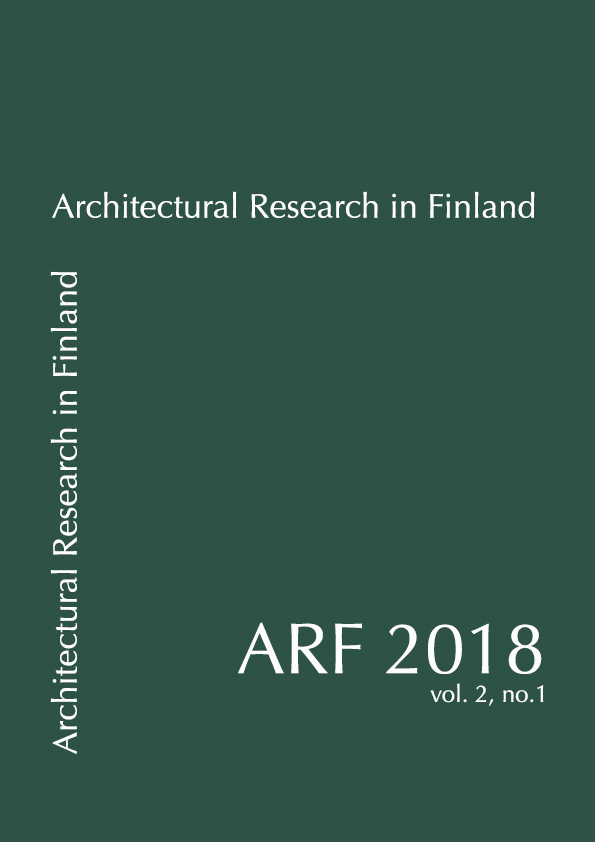Urban Aesthetics as a Trading Zone
The Conditions for Deliberative Planning and Cooperation in the Context of Urban Infill Development
Keywords:
aesthetics, consensus, infill development, urban environment, urban planning, trading zoneAbstract
Due to a multitude of reasons, the prevailing conceptions regarding the aesthetic values and the principles of aesthetic evaluation of different urban environments are significantly varying, and there may not be a wide-spread consensus even about the general meaning of aesthetic issues in urban environments. That is to say, when discussing the aesthetics and aesthetic values of urban environments, the aesthetic concepts may refer to a variety of phenomena, and, further, the relationship between the aesthetic dimension and other key aspects constituting the urban experience is rather ambiguous. Moreover, aesthetic issues comprise a considerable part of urban planning, and yet it is not evident, how and on what grounds the diverse questions involving aesthetics are or should be solved in practice. If aesthetic questions are to be resolved collectively and by the means of rational argumentation, it is reasonable to ask for the necessary preconditions of such “aesthetic cooperation” and its coordination.
The question regarding the preconditions may be addressed using the concept of trading zone. Such an approach highlights the importance of defining the relevant actors taking part in the cooperation (i.e. the “trade”) and their motivation to work cooperatively. The basis for motivation lies in recognizing achievable benefits and pursuing them by the means of trade. There may, however, be a lack of motivation if there are more straightforward and effortless alternatives available, or if the possibilities for achieving the benefits appear negligible or nonexistent. For example, if the outcomes of the official participatory planning process are continuously considered inappropriate and unjust from the viewpoint of certain stakeholders, the process may eventually lose its status as a genuine trading zone. This, in turn, may result in purposeless objections and appeals aiming at merely paralyzing the entire process.
Present-day planning processes ignore experiential and thus qualitative arguments rather easily, which is a major source of experienced injustice. Hence, there is a demand for certain “thin interpretations” summarizing the most essential values and meanings of different stakeholders without requiring a thorough explication of related lifeworlds. Experiential and qualitative arguments are essential also with regard to aesthetics, and the notion of “urban aesthetics as a trading zone” refers to thin interpretations of aesthetic issues, implying that though there could be some kind of consensus about the general and large-scale meaning of urban aesthetics despite significant and wide-spread disagreements about particular aesthetic values.
Aesthetic issues are of particular weight in the context of urban infill development – mainly due to the fact that infill development plans usually aim at changing an environment in which many locally bound networks of experiential meanings and values already exist – and empirical studies suggest that the questions of aesthetics may even be decisive when it comes to approving and disapproving potential infill plans. “Urban aesthetics as a trading zone” clarifies 1) why the infill plans are so often contested, 2) which are the fundamental values that the stakeholders eventually defend or oppose, and 3) why the encountered resistance may convert into a complete denial of cooperation so easily.




